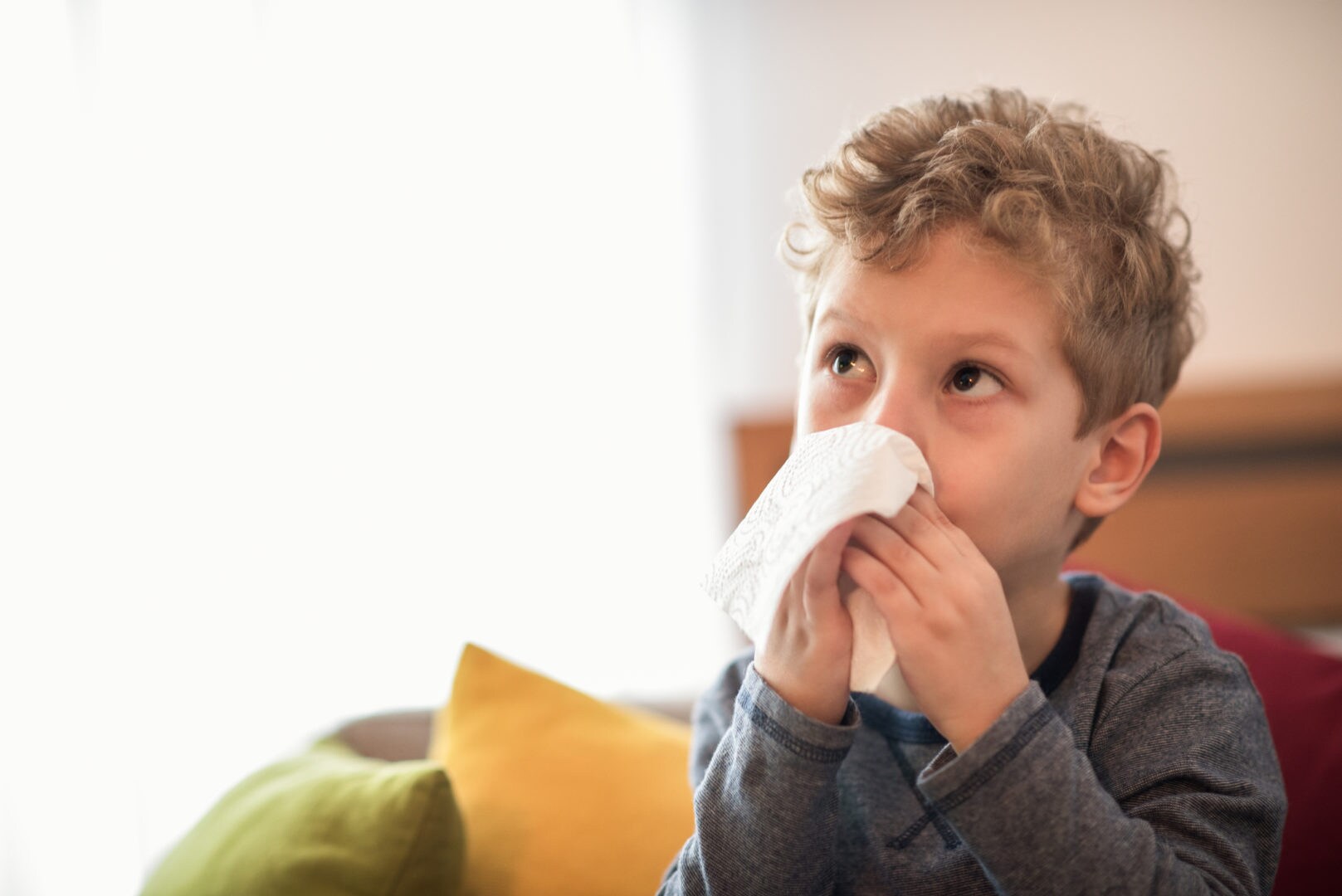Many parents have been hesitant to send kids back to school during the COVID-19 pandemic, but school may not be the most likely place for kids to get sick. A study released this month by the University of Mississippi Medical Center (UMMC) shows children are more at risk of contracting coronavirus at a social gathering than in a classroom or child care setting.
The study, conducted in partnership with the Centers for Disease Control and Prevention (CDC), surveyed about 400 patients younger than 18 who tested positive for COVID-19 in emergency departments and outpatient facilities from September 1 to November 5, 2020. When compared with kids who tested negative for the virus during the same time period, researchers found those who tested positive were more likely to have recently attended social gatherings, had contact with a COVID-19 positive family member or shirked mask requirements.
“Household contacts versus a contact at school seemed to be more important [when it comes to] a child’s risk for being infected,” says Dr. Charlotte Hobbs, professor of pediatric infectious diseases at UMMC and lead author on the study’s findings.
Mask-wearing also proved to be key, as Hobbs adds, “Importantly, parents and guardians of children who were infected were less likely to report that they or staff where they attended school or day care were wearing masks.”
The findings are consistent with other recent reports about how and where COVID-19 is spreading the fastest. In New York, contact tracing efforts have shown that 70% of new virus cases come from households and small gatherings. A separate CDC study found people who tested positive for COVID-19 were twice as likely to have eaten in a restaurant within two weeks of their diagnosis.
While many feared schools and day cares would become infection hotspots if kids returned full time, that largely hasn’t happened so far. Emily Oster, an economist at Brown University, created a data tool in August that tracks infections in schools. From August 31 to December 11, the data shows the infection rate among school children is about .25%.
Though data shows schools are not the main point of COVID-19 transmission among kids, it’s important not to let our guards down. “While schools are not a large source of outbreaks and spread, they can’t remain safe and functional if students and staff are being exposed outside of school,” says Dr. Jamie Friedman, a board certified pediatrician who practices in San Diego. “It is up to everyone to decrease rates of spread in the community.”
She stresses that kids should still be wearing masks at school and practicing social distancing with staff and their peers. Parents should also keep kids home whenever they exhibit possible symptoms of the virus, and they should limit any non-essential errands or social activities.
“I still recommend that parents keep their kids home with members of just their household,” Friedman says. “Outbreaks and spread of COVID-19 occur in close quarters in which people are not wearing masks. That means large gatherings in the home or other closed environments — especially if there is eating, drinking or singing and talking while unmasked — are risky and should be avoided.”
Hobbs also stresses just how important masks are to stopping transmission. “Even though parents and guardians [in our study] reported good adherence to Mississippi Department of Health and CDC recommendations for reducing risks at schools, mask use at schools was still lower among infected kids than uninfected kids,” she explains. “Wear your mask and social distance, even in your own household if you’re sick, infected or exposed. Keep your guard up whenever around people who don’t live with you, too.”
She adds, “For our children and their parents and guardians, we need to maintain vigilance on all levels. Keeping kids from getting exposed and infected is important for keeping schools and day cares open … they provide priceless, immeasurable benefit to our children.”





